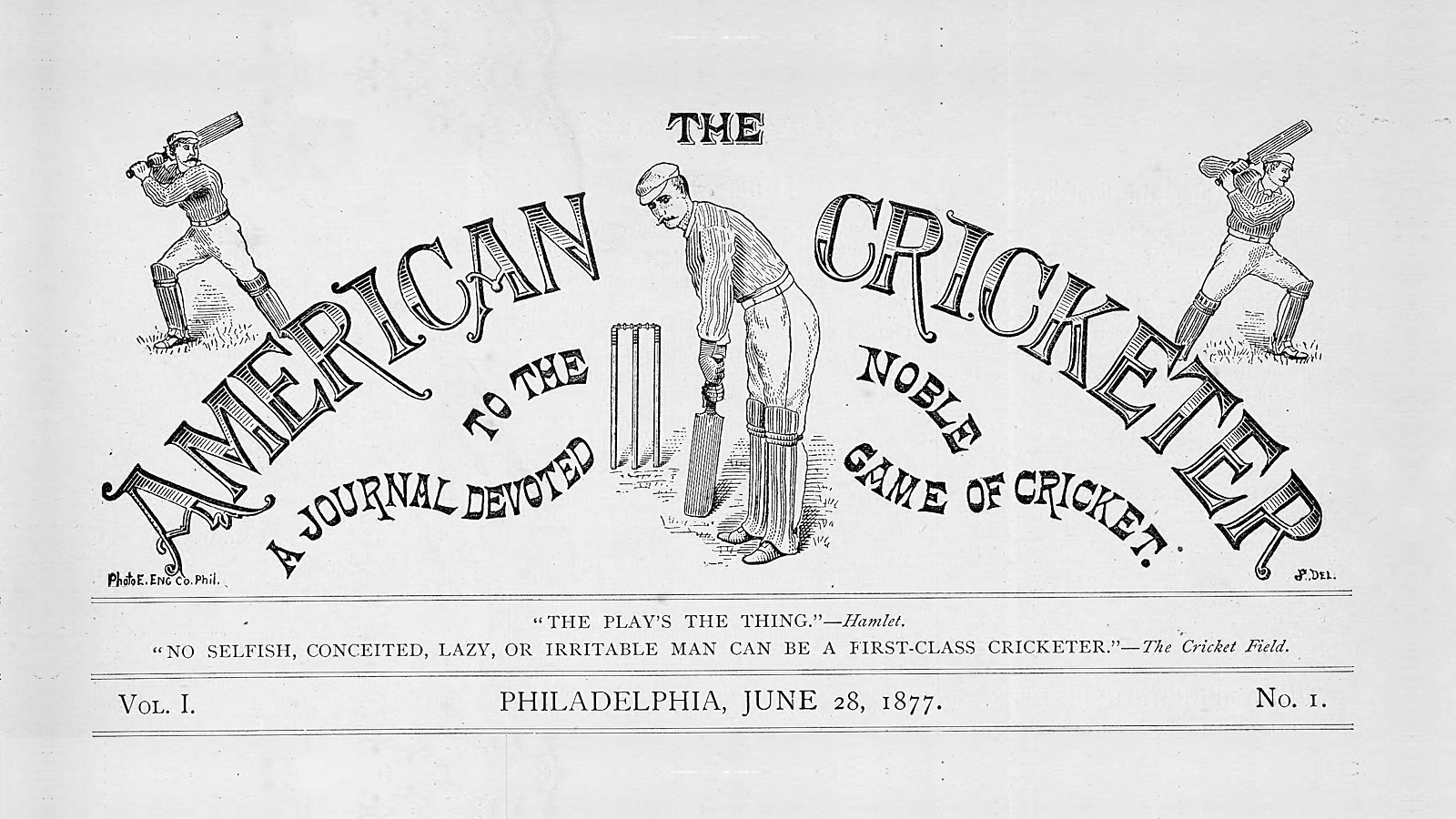Twenty years after the World Cup stormed East and West coast shores in what can best be described as a kind of reverse Normandy, the impossible has happened — soccer has established itself in the United States. Major League Soccer has assembled all the gaudy, gauche, starred-and-striped trappings of American sport respectability: big crowds, dedicated stadiums, overpaid stars, and, of course, a lucrative broadcast contract with ESPN, worth some $75 million annually.
That’s a drop in the Gatorade bucket compared to the billion-dollar TV deals for basketball and baseball, and more in line with second-tier recreations like tennis. But attendance at MLS games has pulled ahead of the NBA and NHL. In fact, if you list every team in every U.S. sports league by 2014 ticket sales (and exclude the leviathan NFL), the no. 1 spot goes to a soccer team, the Seattle Sounders FC. Try to appreciate the absurdity — the Sounders, a franchise you’ve probably never heard of, has more dedicated, paying fans (44,000 per game, on average) than the San Francisco Giants (42,000), the New York Yankees (40,000), the Chicago Bulls (22,000) or the Miami Heat (20,000).
True, those cherry-picked numbers don’t tell the whole story — the MLS has fewer teams, fewer games and cheaper tickets than its older siblings, whose overall wealth and robust merchandising ecosystems leaves soccer the runt of the pack. But being the runt of the frat pack is an important victory — the suburban playground sport has finally joined the big leagues.
Despite obstacles, soccer has established itself in the United States
The frosty avalanche of punditry in 2014 explaining why soccer will never be popular stateside is evidence that, as usual, reality has crept ahead of perception. Or perhaps ‘the beautiful game’ simply ran foul of the true American pastime: discrimination. Social conservative Ann Coulter ended a column last year with this wrong-side-of-history gem: “No American whose great-grandfather was born here is watching soccer. One can only hope that, in addition to learning English, these new Americans will drop their soccer fetish with time.” You know you’ve got critical mass when Republicans start their anxiety hoedown. And if Coulter is really concerned with maintaining tradition, someone should tell her that her great-grandfather’s generation snapped the historical cord on a 3,000-year-old pan-American ballgame called Ōllamaliztli, still played by a few northern Mexicans.
Like it or not, soccer is here to stay. And its uphill battle for legitimacy can serve as a case study for the future of England’s other slow, meandering sport export. If American soccer went from zero to antihero in Miley Cyrus’s lifetime, could the same thing happen to cricket?
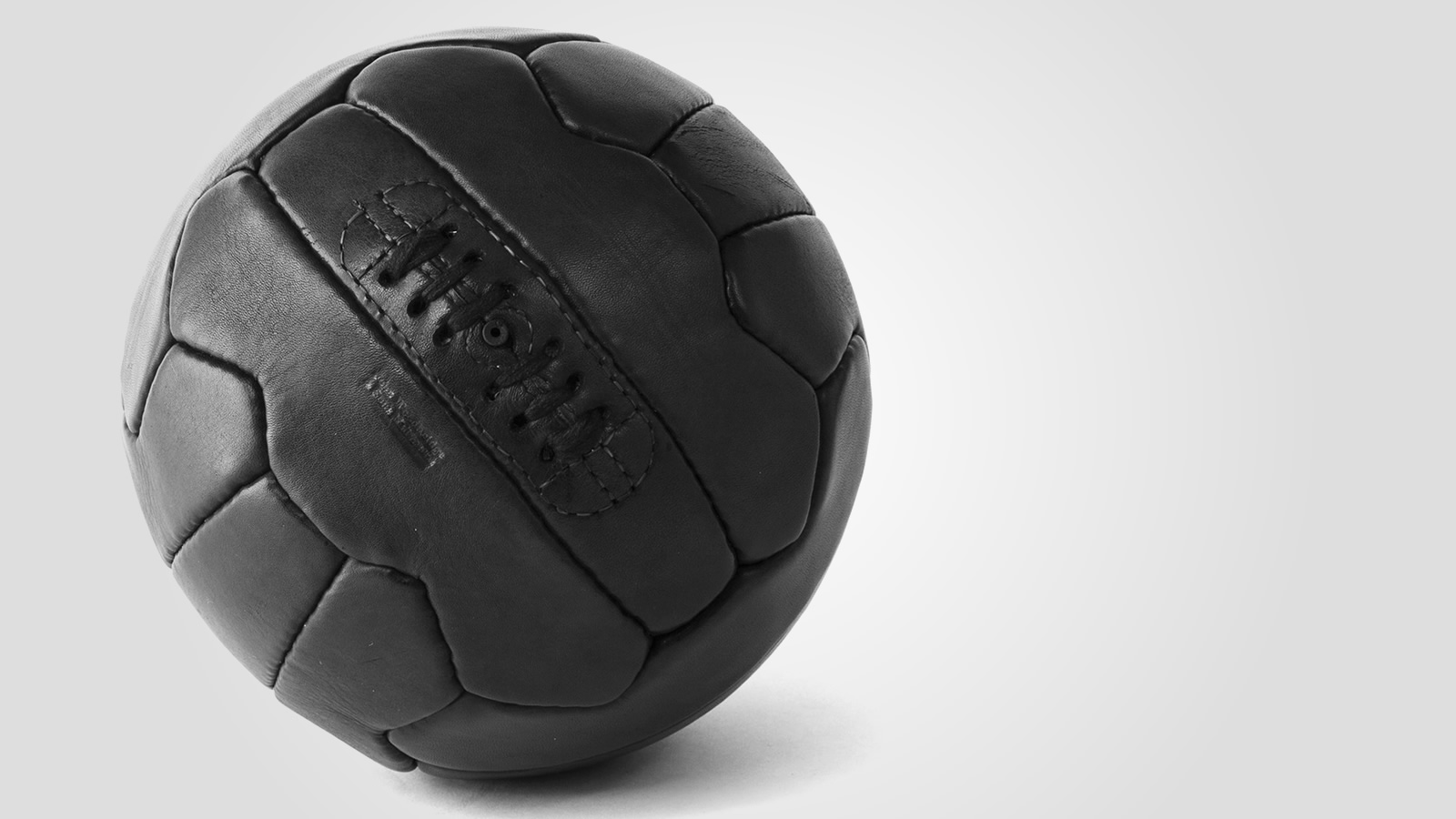
When I was in college, I told a friend, a big-hearted, wonderfully-obtuse New York goombah, that I was flying home to Jamaica for the opening match of the 2007 ICC World Cup between the West Indies and Pakistan. He looked at me, and then said, “Cricket — that’s the one with the sticks and the hoops and the balls, right?” “No,” I replied, “that’s croquet.”
If you’re as confused as my friend, well, you probably need a fuller life education than this essay can provide. (Try Google or Grandma or 1-800-QUICKIE.) Suffice to say that east of New York there’s a whole world out there, and for half of its inhabitants, life revolves around godliness, cleanliness and cricket, not necessarily in that order.
Cricket is the most popular sport on Earth after soccer, with 3 billion fans in the former British Empire. You’ll find concentrations of talent and training in England’s 19th-century rehab facilities (Australia, New Zealand), jewelry stores (South Africa, Zimbabwe), confectionaries (Jamaica, Barbados, Trinidad et al) and haberdasheries (India, Pakistan, Bangladesh, Sri Lanka). Unsurprisingly, that’s also a list of the world’s best teams and the senior members of the International Cricket Council, the sport’s governing body. (Kind of like the permanent members of the UN Security Council.)
For many, life revolves around godliness, cleanliness and cricket — not necessarily in that order
The traditional form of the game is played between two teams of eleven, over the course of three to five days. The field is round — what you’d get if you took Fenway Park’s pie-slice turf and rotated it around home plate to create a full circle. There are two upright bases, called wickets, instead of baseball’s four — runs are scored by the batters, one at each end, simultaneously running between them. As in baseball, the batsmen create the opportunity for runs by hitting the ball between the fielders, but they are not obligated to run on contact, and each team is only permitted to go through the batting line-up twice. As with any oversimplification, the game thus described seems childish and pedantic, but in truth it is amongst the most complex of all sport.
To start with, the game is massively unforgiving to the batsman, who must avoid no less than nine different ways of getting out while concentrating on scoring from a physical stress position, potentially for hours, with only two reprieves (lunch and tea breaks). In addition, for each ball bowled, he must take into consideration the time of day, the direction of the wind, the spin on the ball, the hardness and evenness of the dirt pitch, the height and wetness of the grass, the placement of the fielders, the history of the bowler, the cumulative score, his own fatigue and the ability of his running partner. No wonder then, that when a batsman reaches 50 or 100 individual runs in an innings, he raises his bat and acknowledges the applause of the crowd, home or away, for accomplishing a small miracle.
So yes, it’s a great game enjoyed by almost everyone else. But can it make it in America? That question is really three questions, asked of any sport trying to sing Yankee Doodle: Does it celebrate individual achievement? Is it fast enough for television? And, most unfairly, does it have any American history? To establish cricket’s credentials, we must answer them one by one.
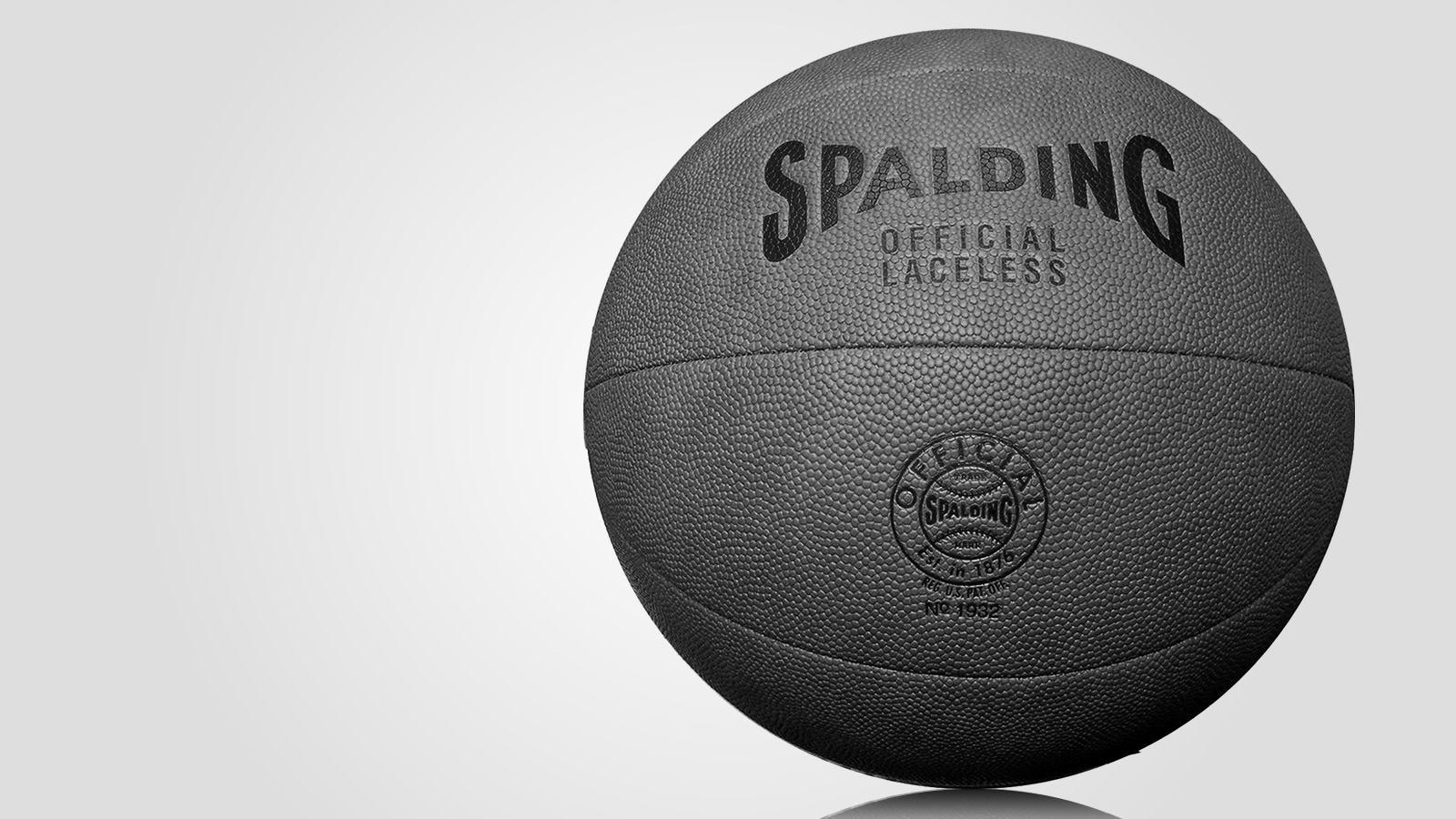
America loves a sports hero — Michael Johnson, Michael Jordan, Michael Phelps, and so on down the line. Why? More than anything, we wanna be like Mike, brimming with can-do, home-grown, self-made bootstrap spirit — the American dream made flesh. The basketball forward, the pitcher and the quarterback are seen as modern-day descendants of the fur trapper, the cowboy, and the frontiersman, which is why our sports team names read like an archeological record from 1840s Montana — full of Bears, Bulls, Broncos, Hawks, Indians, Chiefs, Rangers, Colts, Spurs, Timbers, Heat. (It’s also why the marquee player positions remain whiter than the rest of the team.)
In reality, the mythos of the pioneer is a lot of hooey — America has always been, and always will be, built on armies of indigent labor, from West African slaves and Chinese railroad gangs to today’s Mexican farmhands and Asian tech-sweatshop workers. However, every country needs a national lie to bind its strangers together as citizens, and in ‘the home of the brave’, James Madison and Lebron James keep the archetype alive. Soccer (and hockey) succeeded despite its style of cooperative play. But the inherent long odds of cricket, with every batsman left to fend for himself in the middle of the field against a tribe, seems even more American than American football. (Or at least it could be sold that way, which is all that matters in sport — Under Armour chief Kevin Plank recently described rising phenom Jordan Spieth as “apple pie with a golf club”.)
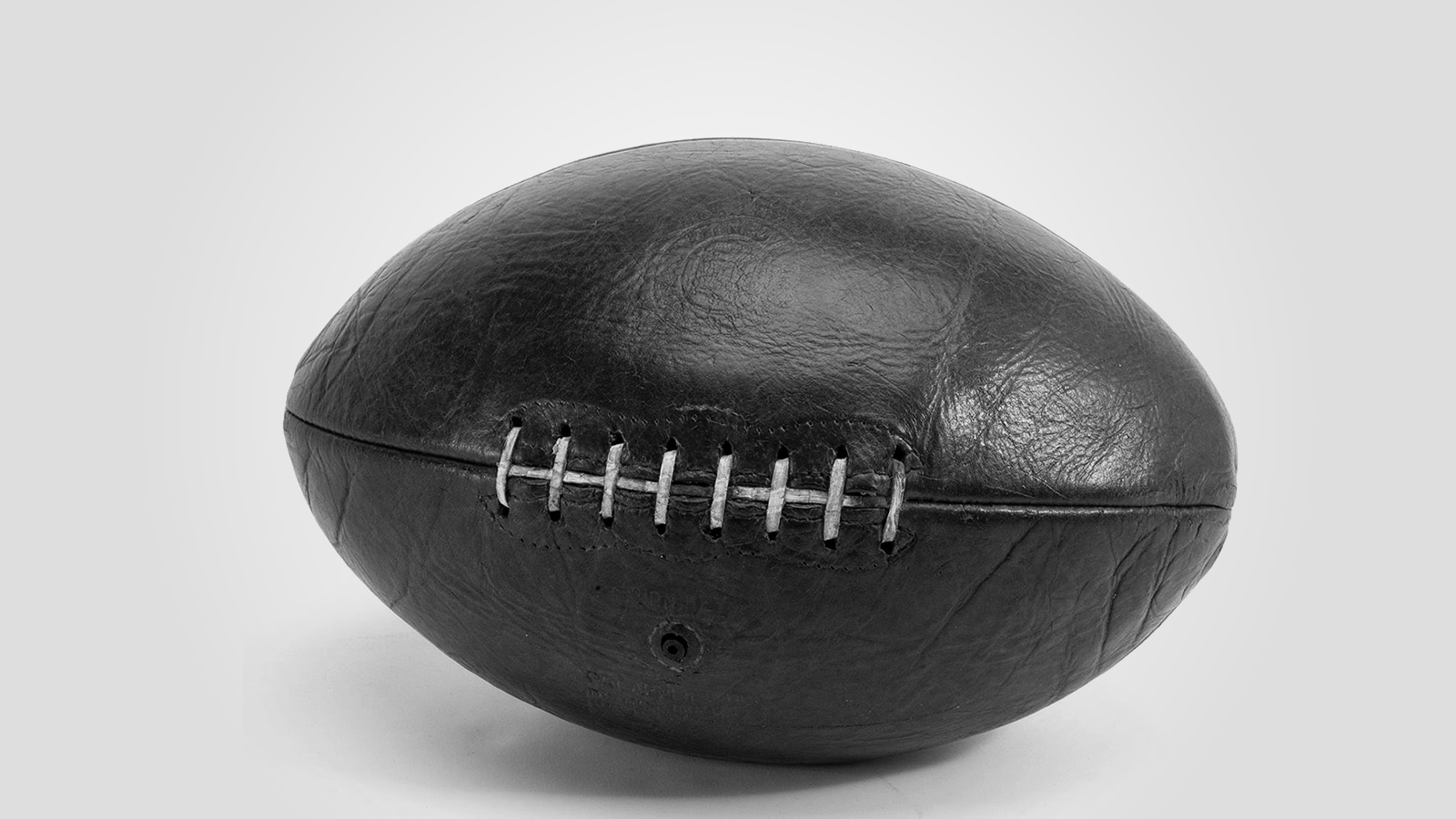
The second litmus test is speed and spectacle. The average basketball or hockey game is under two and a half hours; baseball and football about three. Conventional wisdom suggests anything longer than that is beyond the American appetite for TV, especially in the age of 140-character tweets, 10-second Snapchats and split-second glances at our Apple Watches. The idea that millions of overwhelmed, overworked, overindulged consumers would find the time for a five-day sports telecast in 2015 is ludicrous.
Except it’s not. In April, 11 million people tuned in to see Jordan Spieth win the Masters, a solid five days of golf, the slowest sport ever devised by man. For perspective, that’s only slightly fewer viewers than watched the last World Series, and twice as many as saw the NHL Stanley Cup finals (also a five-day event). Sponsors weren’t shy, either — the tournament was monopolized by established advertisers AT&T, IBM, UPS, Rolex and Mercedes-Benz. In fact, far from caring about speed, Americans appear to be drawn to more laconic sports. Of the 180-plus minutes in the typical MLB and NFL game, only a malnourished 18 and 11 minutes, respectively, involve actual running, jumping, catching and so on. The rest — upwards of 90% of the game — is spent doing nothing at all. Cricket, with the duration of golf and the rhythm of baseball, would be right at home.
Contrary to conventional wisdom, Americans are drawn to slower sports
And I haven’t even used the ace up my compression sleeve. There are actually three kinds of cricket — the five-day marathon (Test), a one-day version (ODI), and a three-hour slugfest (T20). The two shorter forms were literally made for TV.
In the 1970s, Aussie media baron Kerry Packer wanted local television rights for his flagging network, but was stymied by the tight relationship between the Australian Cricket Board (ACB) and the Australian Broadcasting Corporation (ABC). Packer started a world war, signing 50 of the globe’s best cricketers, including most of Australia’s starting eleven, to lucrative and exclusive contracts in his own unofficial league, and introduced a series of heretical innovations — day-night matches, colored kits, helmets, fielding restrictions and a white ball. It was a commercial success that proved mutually beneficial: Packer eventually secured his coveted TV rights, and cricket adopted Packer’s exciting one-day template.
In the 2000s, history repeated itself. An even shorter three-hour game, this time juiced with smaller fields, tie-breakers, cheerleaders and fireworks, took off in England and India, once again multiplying the audience and the amount of money in the sport. The biggest sportswear and beverage brands — Nike, Adidas, Pepsi et al — capitalized on the gold-rush, and the Indian Premier League (IPL) is now as phantasmagoric, and as central to the calendar, as the NFL Super Bowl. All of which is to say: cricket is the ultimate chameleon, able to adapt to regional quirks and generational differences more readily than other recreations. There is an American flavor of cricket waiting to be uncovered by the right opportunist.
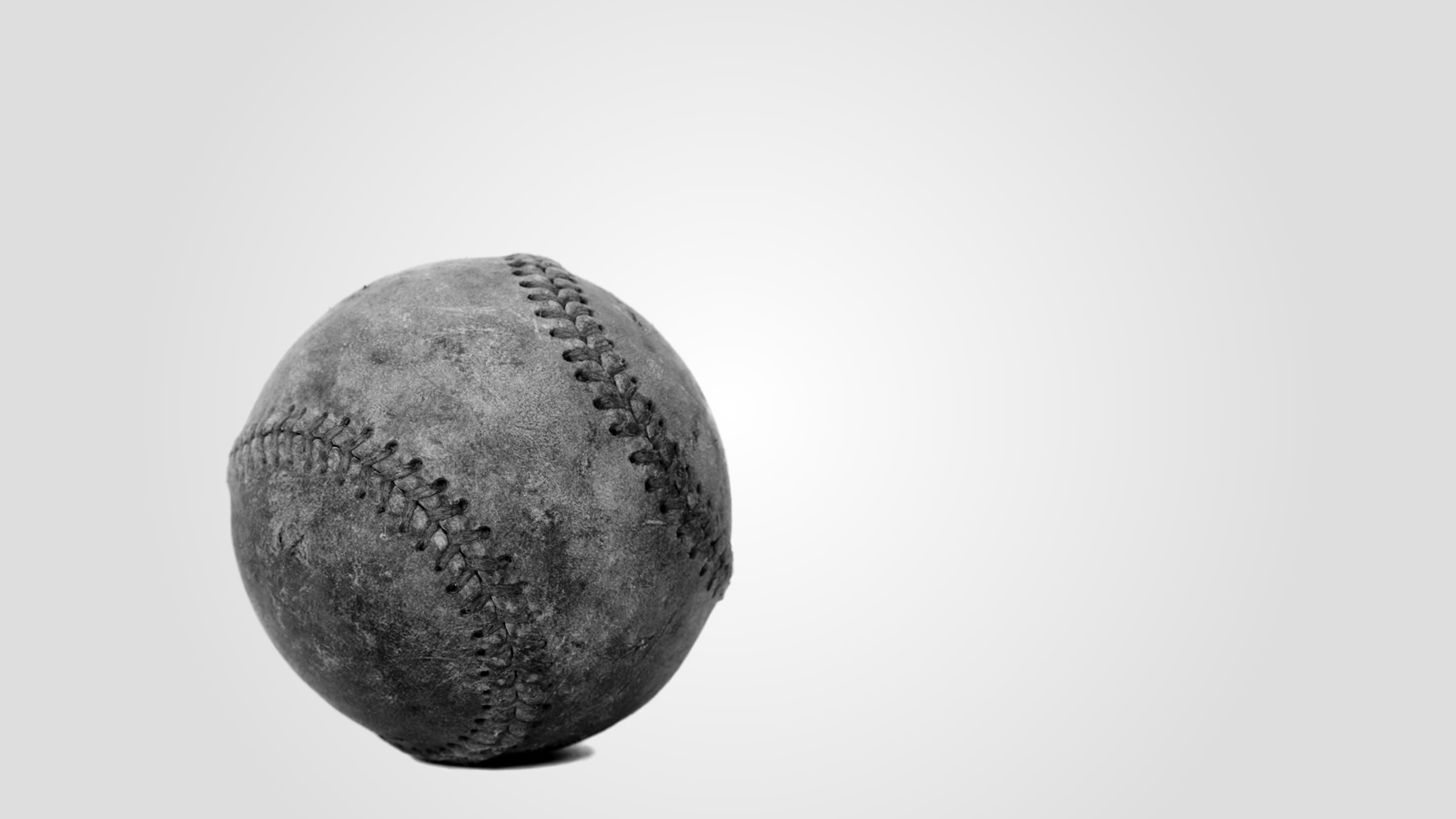
The final test is also the most pernicious, designed to tautologically eliminate any possibility of upsetting the status quo: Does the invasive sport have American lineage? This is the redoubt of Ann Coulter and her fellow neo-conservatives, an attempt to flash-freeze the country in the specifics of their childhood, conveniently ignoring their own immigrant pasts (an outlook whose blend of myopia and nativism finds perfect encapsulation in one NFL moniker — the New England Patriots).
But if you’ve been paying attention, you should suspect that cricket can satisfy this criteria, too. Remember the game’s British origins? Wherever the King’s men sailed, they carried the game of flannel and leather with them. To our previous list, we must add England’s clothier, fishery and lumberyard — the American colonies. Cricket and baseball were equally widespread in the early United States. George Washington and John Adams played cricket. In the late 19th-century, a group of amateur baseball clubs created the first National Association, leading most of the better cricketers to switch, and the fates of the two sports to diverge. (Prior to this, traveling teams would often play both games, switching back and forth easily.) It turns out that cricket shares the DNA of America’s favorite pastime and the lineage of its heroes, from the Founding Fathers through Babe Ruth to Barry Bonds, an unimpeachable pedigree.
Still, the spectre of racism lurks inside newspaper op-eds and online think pieces, the hidden implication that cricket, polluted by Third World heritage and the adoration of a billion brown-skinned fans, isn’t worthy of America’s attention. Nonsense of the highest order; the intoxicating beauty of the game is its casual multiculturalism and moments of accidental politics — watching a South African Boer tie the shoelace of a Jamaican batsman, for instance, or seeing sweaty English and Pakistani IPL teammates wrap their arms around each other, exultant in victory, too caught up in the present to remember bloody pasts.
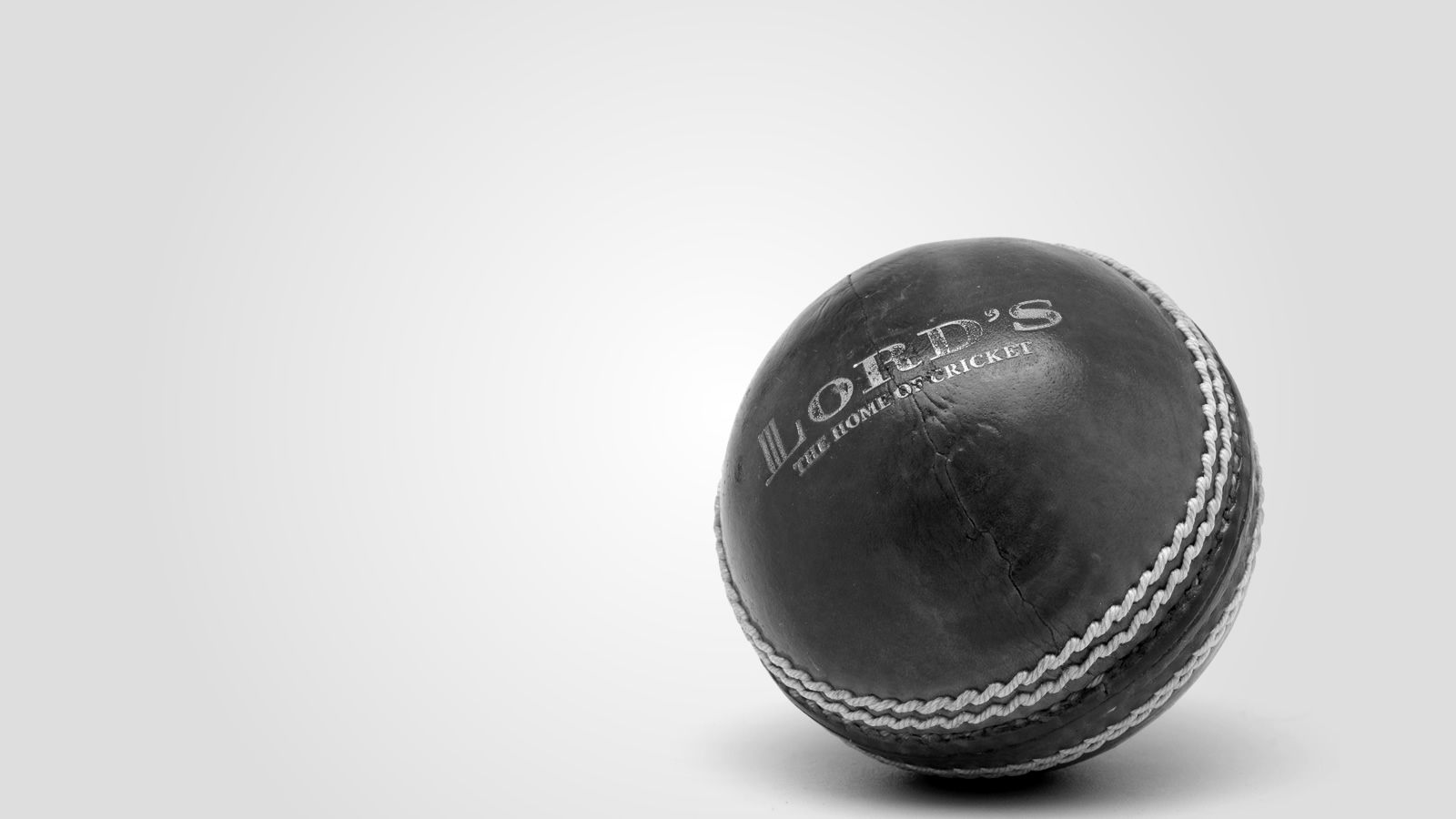
At this point, you’d be forgiven for thinking: Forget about why America needs cricket, why does cricket need America? Even if every man, woman and child from Houston, Alaska to Houston, Texas suddenly became interested, it would only increase the game’s addressable global audience by 10%. The big multinationals are already churning out branded bats and jerseys. What more is there?
Just that — more. By headcount, America may be a molehill, but it’s a mountain by economics. To demonstrate, think of baseball and cricket as federations made up of their ten strongest markets (like sport versions of the EU). For cricket, we’ll use the 10 members of the ICC (Britain, Australia, India et al). For baseball, we’ll use the closest equivalent: the 10 countries that contribute the most players to the MLB (United States, Canada, Japan et al). Using this metric, the Commonwealth of Cricket has a population of 1.8 billion; the Republic of Baseball a scant 700 million. But look at their productivity: the Commonwealth of Cricket has a GDP of only $7 trillion; the Republic of Baseball $27 trillion. Combining the two, we see that a baseball fan holds ten times the purchasing power of a cricket enthusiast.
And that’s why no sport can resist trying to crack the American chestnut — there’s too much money to be made. Soccer made several failed attempts before the MLS worked; even so, for years matches were played in borrowed NFL arenas. Last year, a brand-new cricket facility opened in the heartbeat of America — the Indianapolis World Sports Park. It is currently hosting a regional tournament, with the U.S. national team hoping to eventually qualify for the 2019 ICC World Cup in England. Here’s hoping they do, and begin a kind of reverse Lexington. Who knows? It’s happened before.
